When you’re running PPC campaigns, the landing page can make or break your results. You can have the best ads in the world, but if the page people land on doesn’t feel trustworthy, doesn’t load properly, or doesn’t give them a clear next step, they’ll drop off.
Here are some straightforward ways to make your landing pages work harder for you.
Build Trust with Social Proof
People want to know they can trust your business before they hand over their details or money. Simple things like customer testimonials, client logos, industry accreditations, or even security badges all help reassure them.
Third-party reviews can be particularly powerful, sites like Trustpilot carry weight because they’re independent. Make a habit of asking customers to leave reviews and showcase them clearly on your site.
Match Your Ads and Your Landing Page
If someone clicks on an ad, they should land on a page that feels like a natural continuation of what they just saw. The message, the offer, even the design should line up. If it doesn’t, people second-guess whether they’re in the right place, and that’s when bounce rates creep up.
Get the Headline Right
Most visitors won’t read every line, they’ll skim. That’s why the headline matters so much. It needs to be clear, relevant to the ad they clicked, and instantly explain what you’re offering. A strong headline keeps people on the page long enough to consider your offer.
Keep Pages Quick and Light
Speed is everything. A slow page doesn’t just frustrate users, it drags down your quality score and pushes up your CPC. Compress images, clean up code, and test your load time regularly. Google reckons two seconds is the maximum acceptable for an e-commerce page, and that’s a good benchmark to aim for across the board.
Focus the Content
People clicking on PPC ads usually have higher intent, so you don’t need long-winded explanations. Keep the copy concise, focus on your key benefits, and use bullet points or visuals to make it easy to digest. Every word on the page should work towards conversion, if it doesn’t, cut it.
Make Your CTAs Clear
If you’re paying to get someone onto your site, don’t leave them guessing about what to do next. Use clear, direct calls to action like Shop Now, Request a Quote, or Sign Up Today. Make them stand out visually so they’re impossible to miss. And if you have more than one, make sure the priority action comes first.
Don’t Forget Mobile
A landing page that works on desktop might fall apart on mobile. Test across devices and screen sizes to make sure navigation is smooth. Keep CTAs easy to tap, avoid text-heavy layouts that require endless scrolling, and remember: on a small screen, space is limited. Strip things back and make speed the priority.
Test, Test, Test
Don’t assume you’ve nailed it first time. Run A/B tests on headlines, CTAs, layouts, and imagery to see what actually works. Use the data to refine your approach, and keep testing, even small changes can make a difference.
Track Your Conversions Properly
You can’t improve what you’re not measuring. Make sure your conversion tracking is set up correctly so you know which pages, ads, and campaigns are delivering. Track the key metrics, conversion rate, bounce rate, time on page, and use them to guide your next round of optimisation.
A well-optimised landing page is just as important as a well-built PPC campaign. By building trust, matching ad intent, keeping things fast and clear, and giving people a simple next step, you’ll get more value from every click. And don’t forget, optimisation isn’t a one-off job. Keep testing, keep measuring, and keep improving.

